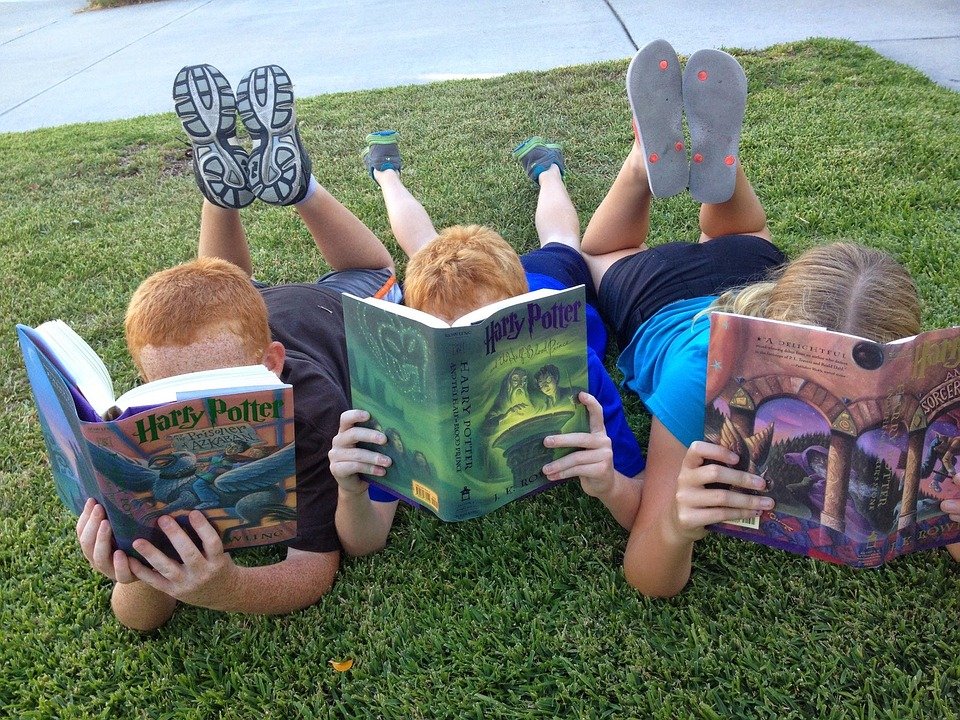How to Choose Child Story Books

We are always looking for new authors to submit their Child story books for publication, and one of the new voices in this field is the author of a book entitled, The Cabbage Princess. Carol Duvall has written thirty-some year's worth of children's classics, including classics such as, . A Cat in the Hat, , . The Little Match Girl, and, . My Old Lady Bleeds, among others. She has also written several picture books, and she is currently working on a novel about a blind old woman who will be appearing in an upcoming book.
Carol Duvall will be featured in a special feature article in the fall of 2013 in the University of Chicago's Parenting Center, and she will be giving a lecture on writing stories with illustrations. Her book is scheduled to come out in late fall or early winter, and if you are in attendance, you will have the opportunity to ask her a question or two at this event. The event will be held at the Mcahn office in the Graduate School of Business.
If you enjoy seeing illustrations and would like to see more of them in your own child's books, perhaps you may want to purchase some of the hundreds of high quality photo cards that are available through Photo collateral from Upton Sinclair Publishing house. One example of this type of product is the one called, "The Great Bazaar: A Definitive Guide to Designing the Home of Your Dreams." In this book, you will learn about using reification, banality, and other visual tricks to make your child's imaginary world come to life. This is just one example of what has been learned by Carol Duvall, one of the great minds behind the reification of objects in children's books.
One of the areas where Carol Duvall has made a strong contribution to the field of language is the area of visual vocabulary. Visual language refers to the ability to identify with an object, understand its shape, size, and color. Carol Duvall and her co-author, Yana Cohen, have taken this ancient art into the 21st century and improved it. Their goal is to make visual vocabulary more accessible to people of all abilities. They have succeeded in that goal through the use of a series of books known as, "The Art of Language in the World of Science, Art, and Entertainment." you can purchase the right books for 7 year olds children on this website.
In the first issue of this exciting magazine, the authors tackle the question, "What is Banality?" The authors examine the history of banality, how it came to be, what it means, and why it is important to the future of visual language in children's books. The authors suggest that banality might be a significant organizing principle behind storytelling. They also point out that, in kids' stories, banality can often stand for other important features such as realism or complexity. Issue one of this journal focuses on the idea that banality might stand for something else, too, namely simplicity, in addition to being a significant organizing principle. Contact the Code Pineapple company to buy the best children story books.
Another aspect of the book that I really like is their discussion of the tension between reification and sincerity. For example, you might hear the phrase, "The Scrupulous Personality," sometimes in reference to writers such as James Joyce, who used the term to describe his own writing. Reification and sincerity are closely related. In "The Art of Language in the World of Science, Art, and Entertainment," Duvall and Sinclair point out that some stories are not actually about characters at all, but about ideas. The title character in A Boy and His Slaves is about the boy's desire to connect himself with other boys, but he isn't "actually" hanging out with any of them. For more understanding of this article, visit this link: https://en.wikipedia.org/wiki/Children%27s_literature.
